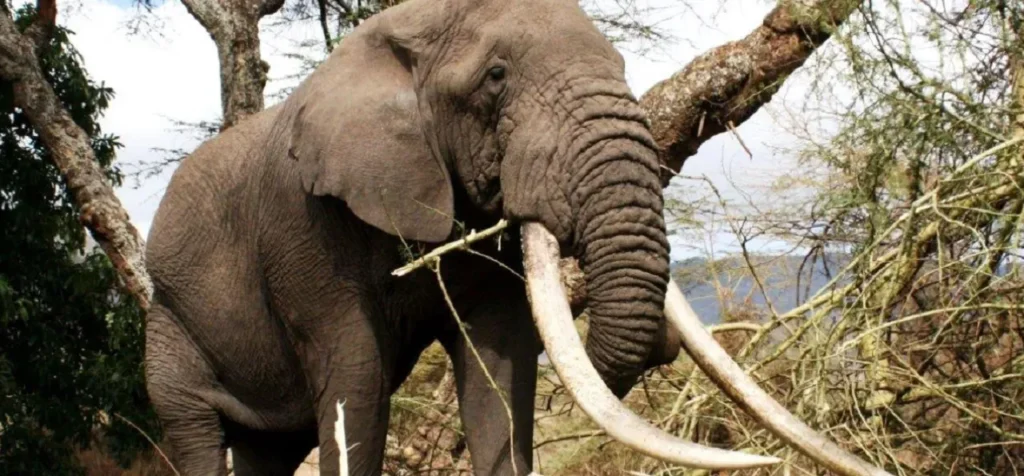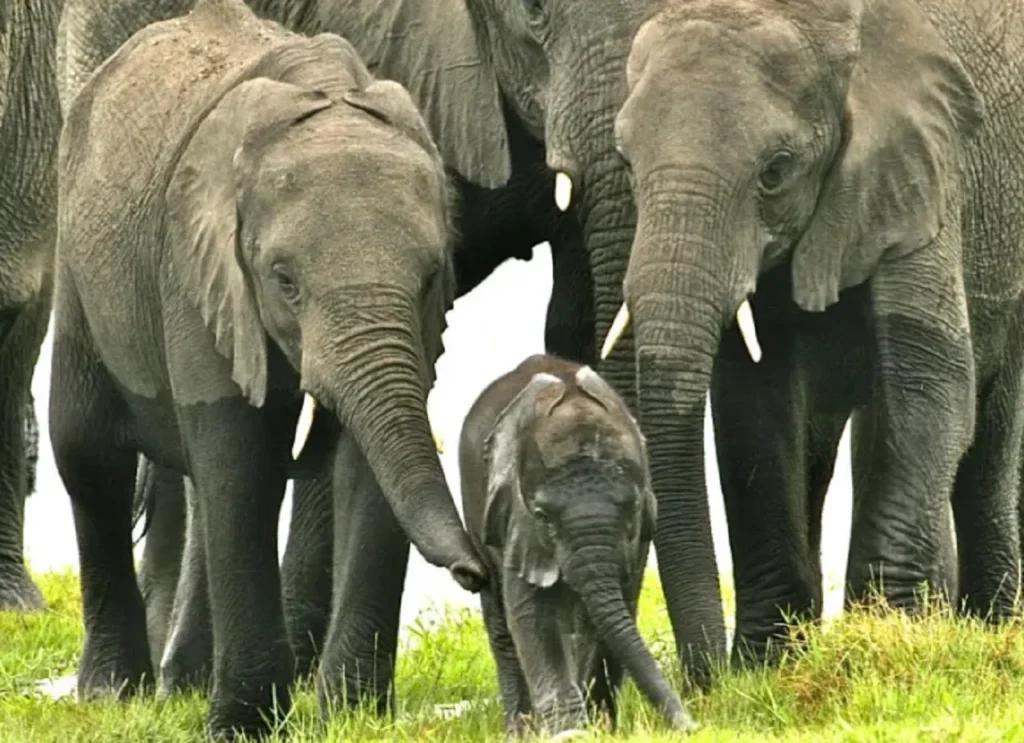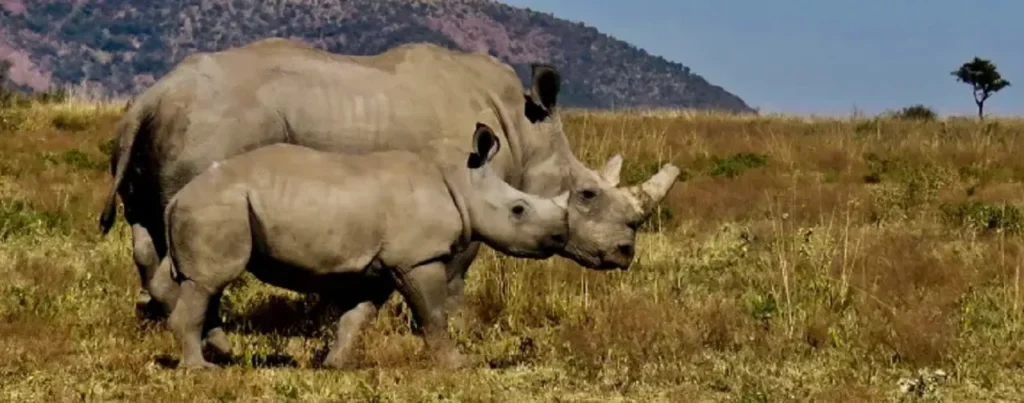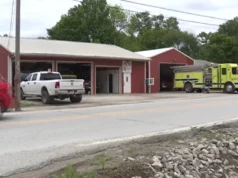The illegal trade of elephant ivory and rhino horns has long cast a shadow on wildlife conservation efforts. Recently, Canada’s Environment Minister Stephen Guilbeault made a groundbreaking news, declaring a ban on the domestic trade of these products and the import of hunting trophies containing them. This bold move marks a pivotal moment in the fight to protect these majestic, yet endangered species, and preserve their natural habitats.

IN THIS ARTICLE :
- The Decline of Elephant Ivory and Rhino Populations
- The Illegal Trade of Elephant Ivory and Rhino Horns
- The Effects of the Ban on Domestic Trade and Import of Hunting Trophies
- The Role of International Agreements and Organizations
- The Importance of Public Awareness and Education
- The Role of Technology in Wildlife Conservation
- The Impact of Wildlife Conservation on Local Communities
- Conclusion and Video
The Decline of Elephant Ivory and Rhino Populations
Once roaming in vast numbers, the elephant populations in Africa have seen a staggering decline of 70 percent since 1980, leaving only around 415,000 elephants today, as per Cision Canada’s reports. Similarly, rhinos continue to grapple with threats to their survival.
The Illegal Trade of Elephant Ivory and Rhino Horns
Fueling this decline is the lucrative, multi-billion dollar industry of elephant ivory and rhino horn trade. The motivations behind it, the ruthless methods employed by poachers, and its far-reaching impacts not just on wildlife but also on the environment and local communities.
The Effects of the Ban on Domestic Trade and Import of Hunting Trophies
Canada’s recent ban is a beacon of hope in this grim scenario. This section will analyze the potential impacts of this ban on curtailing the illegal trade and how it could foster the conservation of these vulnerable animals. It will highlight the criticality of such legislative actions in the broader context of global wildlife conservation.

The Role of International Agreements and Organizations
International efforts and agreements, like those orchestrated by CITES (Convention on International Trade in Endangered Species of Wild Fauna and Flora), are the linchpins in global wildlife conservation.
The Importance of Public Awareness and Education
The battle against illegal wildlife trade is not just fought in the forests but also in the realm of public consciousness. This section emphasizes the power of awareness and education in shaping public opinion and behavior towards wildlife conservation, underlining the role every individual can play in this global fight.
The Role of Technology in Wildlife Conservation
In the digital age, technology is an invaluable ally in wildlife conservation. From advanced tracking systems to surveillance technologies, offering a glimpse into the future of conservation tech.

The Impact of Wildlife Conservation on Local Communities
Finally, wildlife conservation is not just about the animals; it’s also about the people who live alongside them. This section will examine the symbiotic relationship between wildlife conservation and local communities, highlighting how protecting endangered species can lead to sustainable development and economic opportunities for these communities.
Conclusion and Video
Through this comprehensive exploration, the article aims to underscore the multifaceted nature of wildlife conservation, the challenges it faces, and the collective effort needed to ensure the survival of these majestic creatures for generations to come.







